Motorola Razr Plus (2025) vs Galaxy Z Flip 7: A closer battle than ever
With Motorola finally catching up on performance and Samsung expanding its cover screen, the race for the best flip phone of 2025 is closer than ever.
We may earn a commission if you make a purchase from the links on this page.

Intro
Motorola and Samsung have been neck and neck in the race to make the most desired flip phone on the market. Each year, the Razr and the Z Flip have become more evenly matched.
This year, however, the Razr Plus (2025) is not Motorola's most premium foldable phone. Instead, that role is taken by the new Razr Ultra, which is a closer match to the newly announced Galaxy Z Flip 7 in terms of performance.
So, is the Razr Plus (2025) still be a good alternative to the Z Flip 7? We've now carried out our tests on Samsung's Z Flip 7, and it seems the slightly higher price tag does come with some noteworthy benefits.
This year, however, the Razr Plus (2025) is not Motorola's most premium foldable phone. Instead, that role is taken by the new Razr Ultra, which is a closer match to the newly announced Galaxy Z Flip 7 in terms of performance.
Motorola Razr Plus (2025) vs Galaxy Z Flip 7 differences:
| Motorola Razr Plus (2025) | Galaxy Z Flip 7 |
|---|---|
| Snapdragon 8s Gen 3 | Exynos 2500 |
| 12 GB RAM | 12 GB RAM |
| 6.9-inch main display, 165Hz | 6.9-inch main display, 120Hz |
| 4-inch cover screen, 165Hz | 4.1-inch cover screen, 120Hz |
| 50 MP main 50 MP 2x telephoto 32 MP selfie | 50 MP main 12 MP ultra-wide 10 MP selfie |
| 4,000 mAh | 4,300 mAh |
| 45W wired charging 15W wireless | 25W wired charging Supports wireless charging |
| Android 15 4 years OS updates | Android 16 7 years OS updates |
| Vegan leather w/stitching wood finish options | Glass back Gorilla Glass Victus 2 |
| IP48 | IP48 |
| $1,000 | $1,099 |
Table of Contents:
Design and Display Quality
Motorola shines with its style, Samsung refines its build
The Razr Plus (2025) sticks to its fashionable roots with a leather-inspired finish in three standout colors: Midnight Blue, Hot Pink, and Pantone’s 2025 Color of the Year — Mocha Mousse. It remains lightweight, slim, and soft to the touch.
Even though the Razr Plus is no longer Motorola’s top-tier foldable, it shares the same titanium-reinforced hinge and IP48 rating for dust and water resistance — a first for the Razr line.
Samsung’s Galaxy Z Flip 7, on the other hand, keeps its premium aluminum and glass build but makes a series of important refinements. It maintains the same IP48 durability rating as last year, but now adds a new layer structure to the Ultra Thin Glass (UTG) of the main display.
Samsung’s Galaxy Z Flip 7, on the other hand, keeps its premium aluminum and glass build but makes a series of important refinements. It maintains the same IP48 durability rating as last year, but now adds a new layer structure to the Ultra Thin Glass (UTG) of the main display.
Samsung said the layering improves shock dispersion and makes the crease less visible, and now that we've had ample time with the small foldable — we can confirm that the crease is much less noticeable.
In terms of looks, Samsung has reduced bezel thickness and made the phone’s profile flatter and more compact. And even though the overall shape remains familiar, the Z Flip 7 now looks more refined than ever.
Our tests showed that the Z Flip 7 is leagues ahead of the Razr Plus as far as brightness is concerned, with a difference of 550 nits at 20% APL, which is around the expected Average Picture Level in most cases. The difference is also clear when using the phones.
Motorola still leads on cover display immersion with a 4.0-inch pOLED 165Hz screen that supports full app usage and Moto AI features like Catch Me Up and Pay Attention. Samsung has finally increased the utility of its smaller 3.4-inch cover screen by extending it edge-to-edge and enabling support for more widgets and Galaxy AI tools.
- Next Move – context-aware suggestions based on what’s on screen
- Playlist Studio & Image Studio – create themed playlists and visuals
- Catch Me Up – summarizes missed notifications
- Pay Attention – transcribes audio
- Smart Connect – mirror content to TVs and PCs via voice/text
The Flip 7’s cover screen now supports full-screen message replies, more interactive widgets, and a new suggested reply system powered by Galaxy AI. It still lacks full third-party app support out of the box, but tries to make up for it with tighter integration with One UI.
Both phones have a 6.9-inch internal display with HDR10+ support, but the Razr uses a 165Hz pOLED panel while the Z Flip 7 sticks to a 120Hz AMOLED one. Samsung’s folding crease is now much less thanks to a new Ultra Thin Glass layer with improved shock dispersion, matching the Razr.
Performance and Software
Mid-range Snapdragon vs flagship Exynos
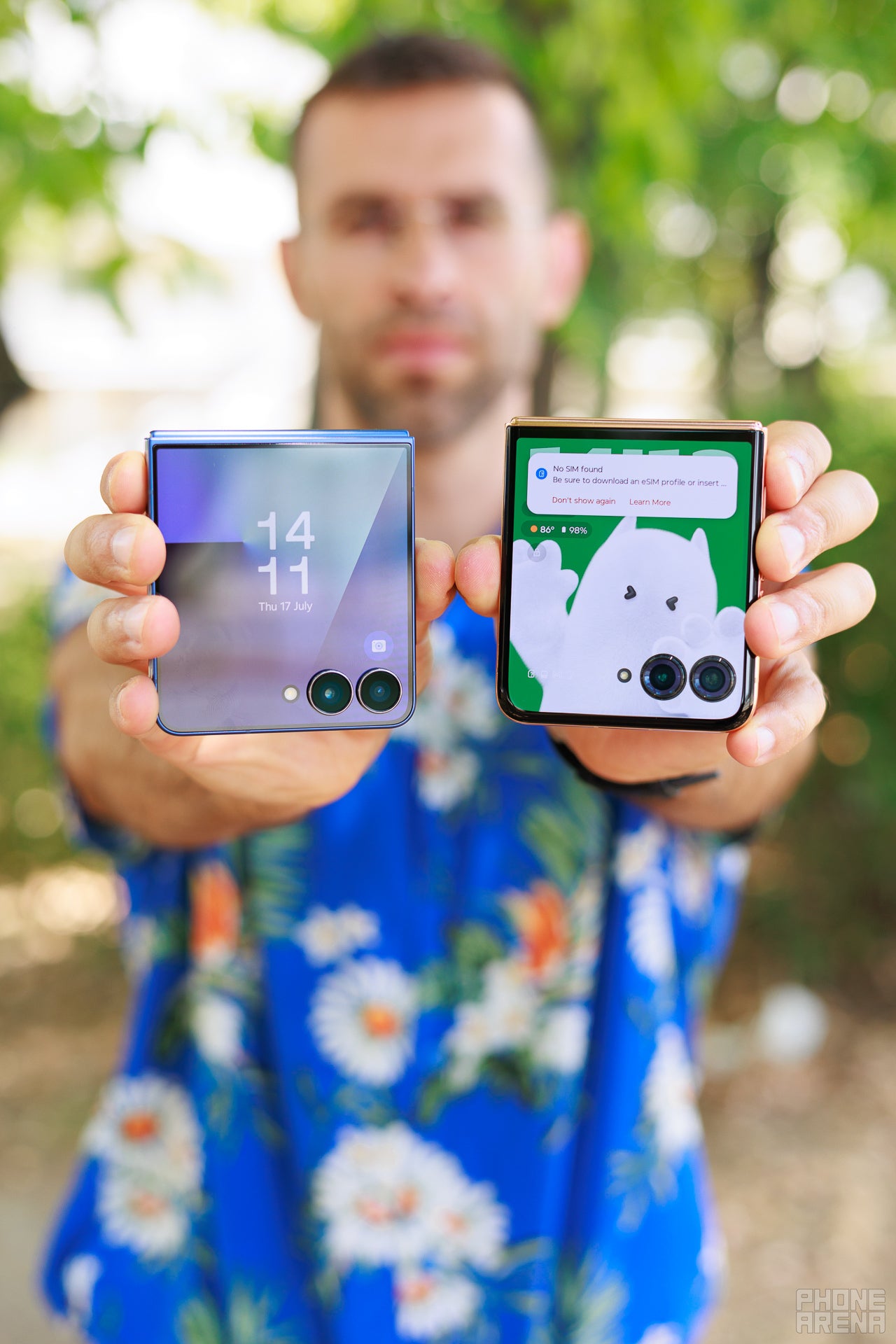
The Razr Plus (2025) reuses the same chip as last year — solid, but not flagship-grade. | Image credit — PhoneArena
The Razr Plus (2025) is powered by the Snapdragon 8s Gen 3, the same chipset found in last year's Razr Plus. While it delivers solid upper-midrange performance and supports Motorola's AI enhancements well, it doesn’t quite compete with the latest flagship processors in raw power.
Samsung, on the other hand, is using the new Exynos 2500 chip inside the Galaxy Z Flip 7. This marks the return of Samsung's in-house silicon to foldables and introduces its first 3nm processor, with improvements in AI processing and power efficiency.
The Z Flip 7 was especially dominant when it came to multi-care CPU performance, but also in the single-core benchmarks we performed. In other words, you can rely on it to carry out tasks faster, like when you are using demanding apps like photo and video editors.
The gap in GPU performance between the two phones is also pretty obvious. The Exynos 2500 is much more capable, and handles gaming and graphically-intensive tasks faster.
Both phones come with 12 GB of RAM, but the Z Flip 7 is launching with Android 16 out of the box. The Razr Plus is still waiting for its Android 16 update.
Motorola adds value with its Moto AI suite, including features like Next Move, Catch Me Up, and Smart Connect, which enhance multitasking and productivity. Samsung counters with the latest One UI 8 paired with Galaxy AI, bringing tools like Live Translate, Generative Edit, and Note Assist to the Z Flip 7.
One major advantage for Samsung is software support: the Z Flip 7 gets 7 years of OS and security updates, compared to 4 years promised for the Razr Plus (2025). If long-term value is important to you, Samsung is definitely the way to go.
One major advantage for Samsung is software support: the Z Flip 7 gets 7 years of OS and security updates, compared to 4 years promised for the Razr Plus (2025). If long-term value is important to you, Samsung is definitely the way to go.
Camera
Motorola still lacks an ultra-wide lens
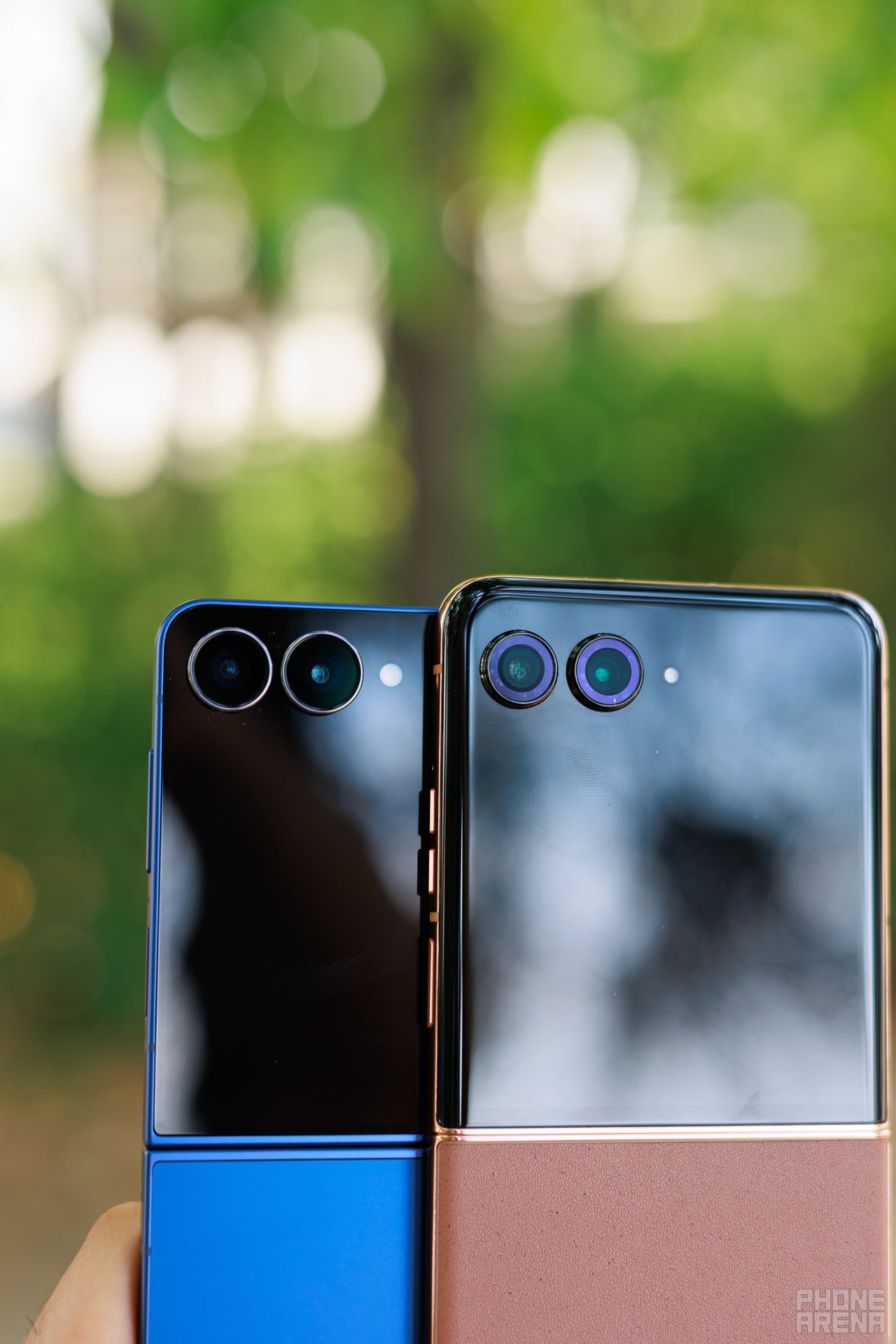
The Razr Plus (2025) skips an ultra-wide lens again. | Image credit — PhoneArena
The Razr Plus (2025) keeps a dual-camera setup with a 50 MP main camera and a 50 MP 2x telephoto lens, plus a high-resolution 32 MP selfie camera. To improve the photo experience, Motorola has leaned on Moto AI for automatic photo enhancements and new modes like Action Shot, Group Shot, and Air Gesture.
However, there is still no ultra-wide camera on the Razr Plus, which remains a major limitation. That said, I tend to use zoom more often than a wide-angle shot, so it ultimately comes down to personal preference.
The Galaxy Z Flip 7 features a 50 MP main sensor and a 12 MP ultra-wide camera. Selfies are handled by a 10 MP front camera, and while the resolution is lower, Samsung’s image processing continues to deliver strong results.
The Flip 7 also adds AI-powered photo editing, including Generative Edit and Suggestion tools built directly into the Gallery app.
However, there is still no ultra-wide camera on the Razr Plus, which remains a major limitation. That said, I tend to use zoom more often than a wide-angle shot, so it ultimately comes down to personal preference.
The Galaxy Z Flip 7 features a 50 MP main sensor and a 12 MP ultra-wide camera. Selfies are handled by a 10 MP front camera, and while the resolution is lower, Samsung’s image processing continues to deliver strong results.
PhoneArena Camera Score:
Just like its predecessor, the Razr Plus is being set back for its lack of a dedicated ultra-wide camera. The main camera, however, performs similarly to that of the Z Flip 7. That said, the Galaxy does a much better job at recording video when using the main camera.
Main Camera
There's a big difference in the field of view (FOV) of these two main cameras. The Z flip captures way more in one shot, but I much prefer the way the Razr has processed the image — showing more from the shadowy areas.
Again, the Razr seems to have captured more light in this low-light scenario. It also seems to me like it has better sharpenss.
Zoom Quality
3x zoom is not the native zoom range of the Razr Plus (2025), 2x is. But even beyond its optical zoom, it is clear that it has taken a much better photo here. There is much more detail and the colors look natural, as opposed to the soft image of the Z Flip 7, which also has weird-looking colors.
Ultra-wide Camera
The Razr doesn't have an ultra-wide, so there are no images to compare here, but here's what the Z Flip 7 can do:
Selfies
When it comes to the selfies, the Flip 7 offers a clearer image with better colors. The Razr Plus is not bad at all, though, and I like that it has blurred out the background a bit.
More Camera Samples
Video Quality

Battery Life and Charging
The Z Flip 7 lasts a little longer
The Z Flip 7 has a slightly larger 4,300 mAh battery vs the 4,000 mAh one in the Razr Plus (2024), which is probably why it also showcased better battery life during our tests.
As for charging, Samsung remains more conservative with its 25W wired charging (0–43% in 30 minutes) compared to Motorola’s blazing-fast 45W charging (62% in 30 minutes). Both support wireless charging and reverse wireless charging.
PhoneArena Battery and Charging Test Results:
The Z Flip 7 got a better estimated battery life in our battery scoring system. It mainly pulled ahead in our Browsing test, but the two were somewhat matched when it came to our Video Streaming and Gaming tests. Probably more important is the fact that it took us more than 30 minutes more to charge the Flip 7 from 0-100%.
Specs Comparison
Here's a quick overview of the Motorola Razr Plus (2025) vs Galaxy Z Flip 7 specs:
| Motorola Razr Plus (2025) | Galaxy Z Flip 7 specs |
|---|---|
| Size, weight 171.4 x 74 x 7.1 mm 189 g | Size, weight 166.7 x 75.2 x 6.5mm 188 g |
| Screen 6.9" main display 165Hz refresh rate 4" cover display 165Hz refresh rate | Screen 6.9" main display 120Hz refresh rate 4.1" cover display 120Hz refresh rate |
| Processor Snapdragon 8s Gen 3 3nm | Processor Exynos 2500 4nm |
| Versions: 12/256 GB | Versions: 12/256 GB 12/512 GB |
| Cameras: 50 MP main 50 MP 2x zoom 32 MP front | Cameras: 50 MP main 12 MP ultra 10 MP front |
| Battery: 4000 mAh | Battery: 4300 mAh |
| Charging: USB-C 45W wired 15W wireless | Charging: USB-C 25W wired 15W wireless |
Summary
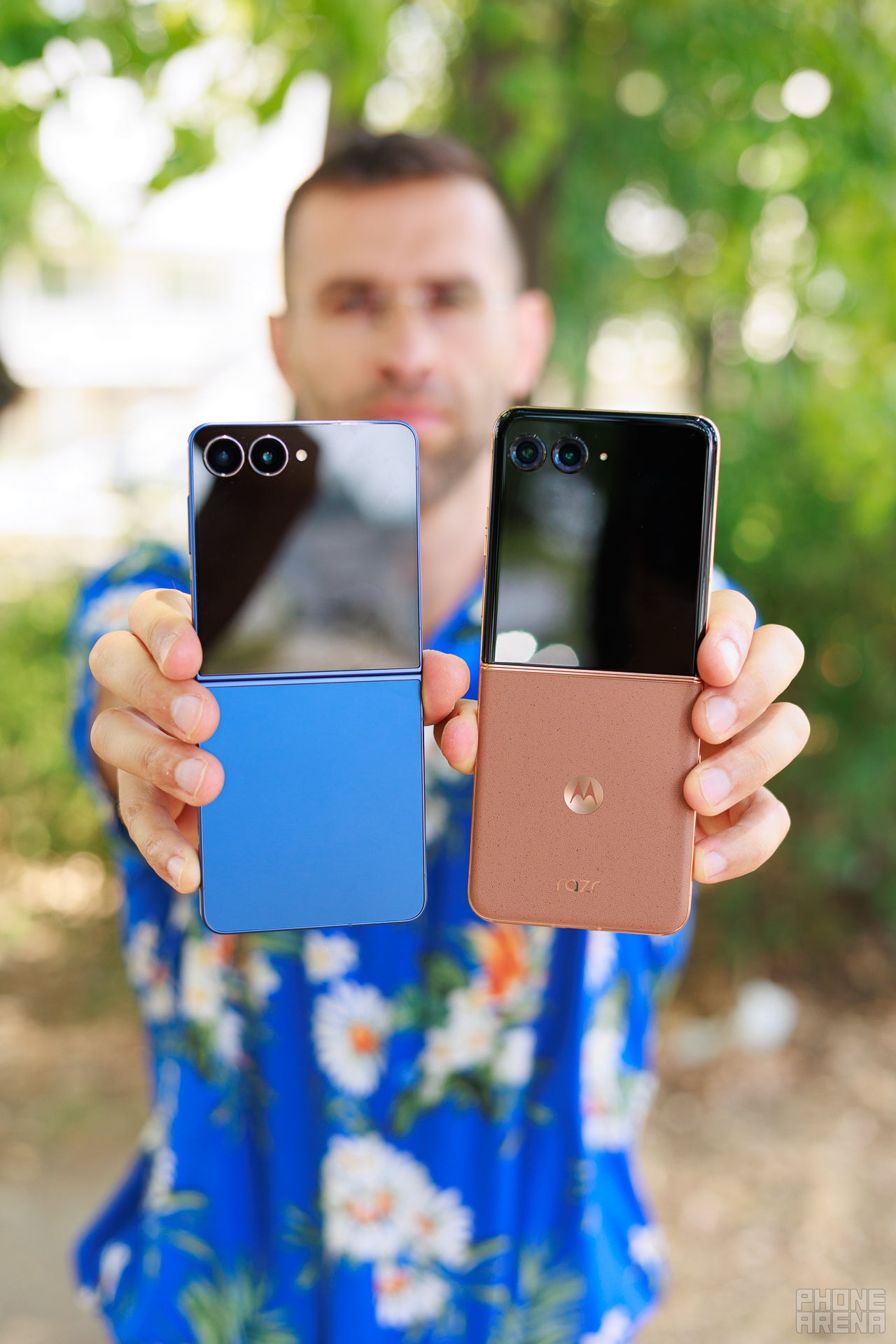
The Z Flip 7 brings better performance, a bigger screen, and longer support for just $100 more. | Image credit — PhoneArena
The Motorola Razr Plus (2025) is a stylish and capable foldable. Now with a more durable design, the same useful 165Hz cover screen, and new Moto AI features that make it smarter than before. It remains the more affordable option, but with a mid-range chip and no ultra-wide camera, it does come with a few trade-offs.
The Galaxy Z Flip 7 brings meaningful upgrades that address last year’s shortcomings. It ships with Samsung’s new Exynos 2500 processor, which is a 3nm chip designed for faster AI performance and better power efficiency. It also finally matches the Razr with a 6.9-inch inner display and introduces a larger 4-inch cover screen.
Follow us on Google News


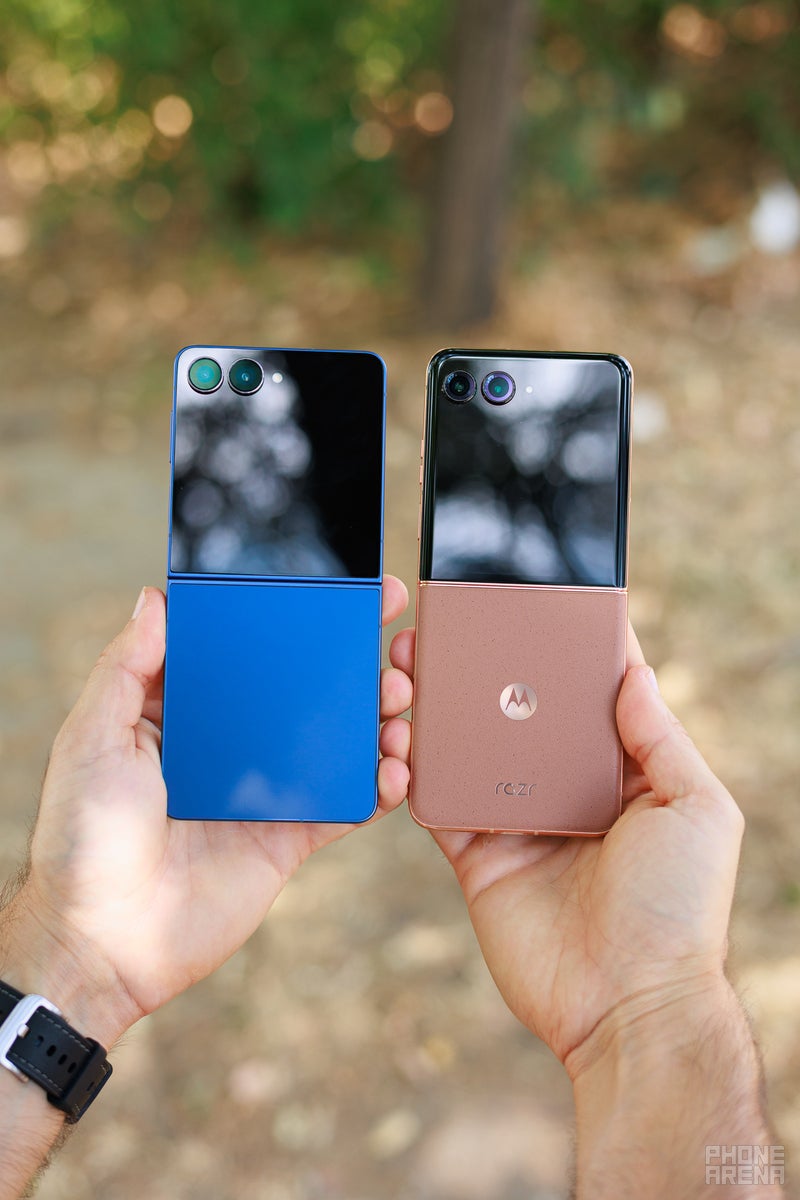
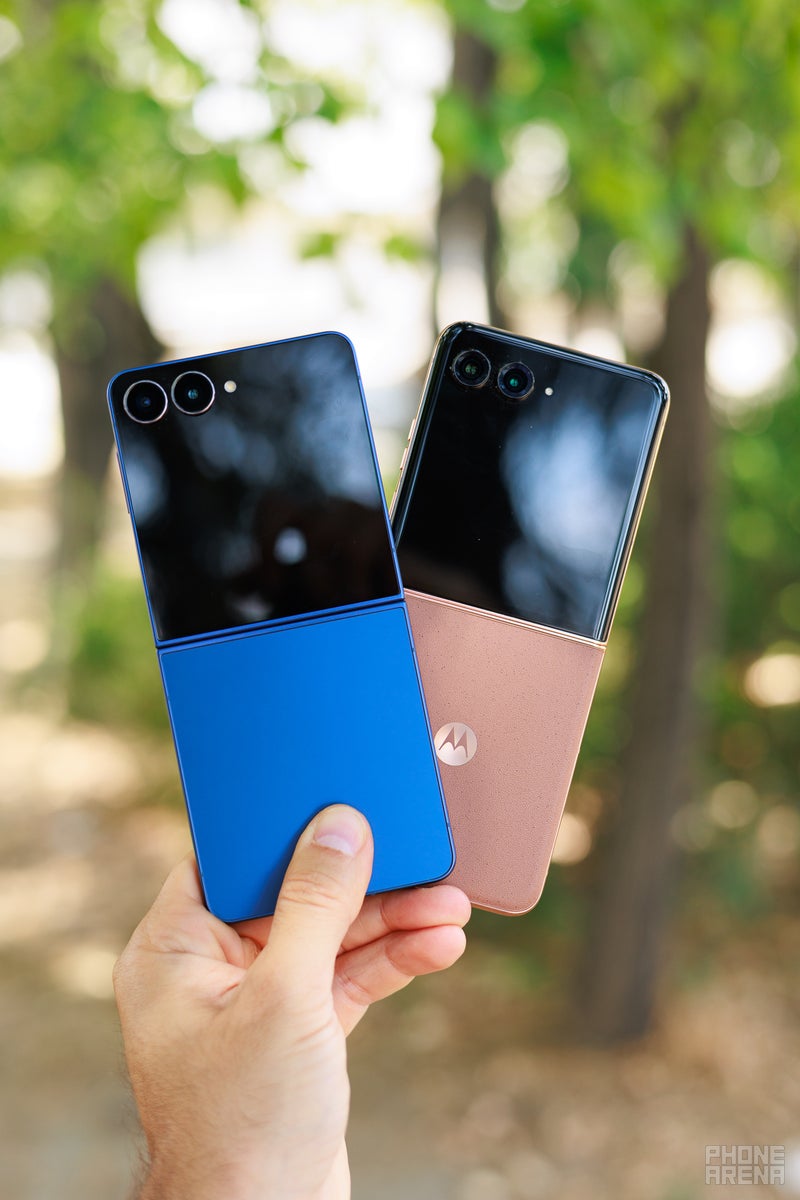
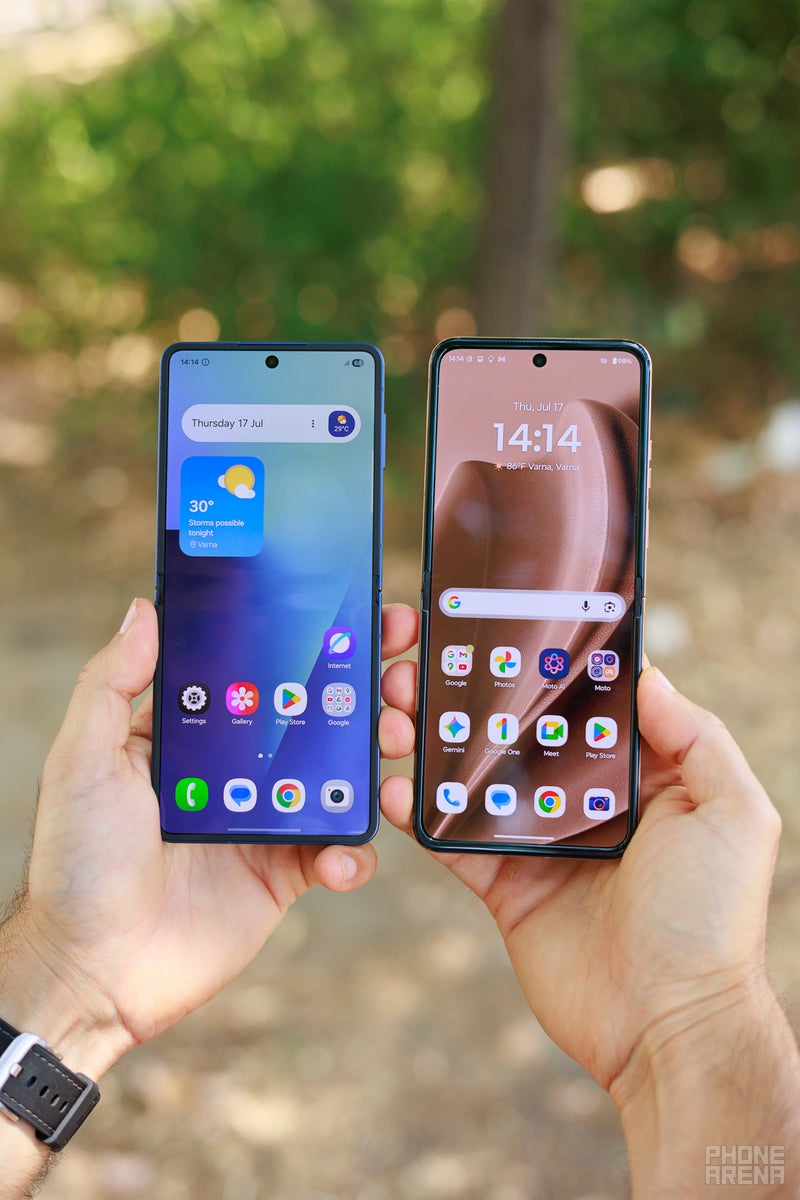
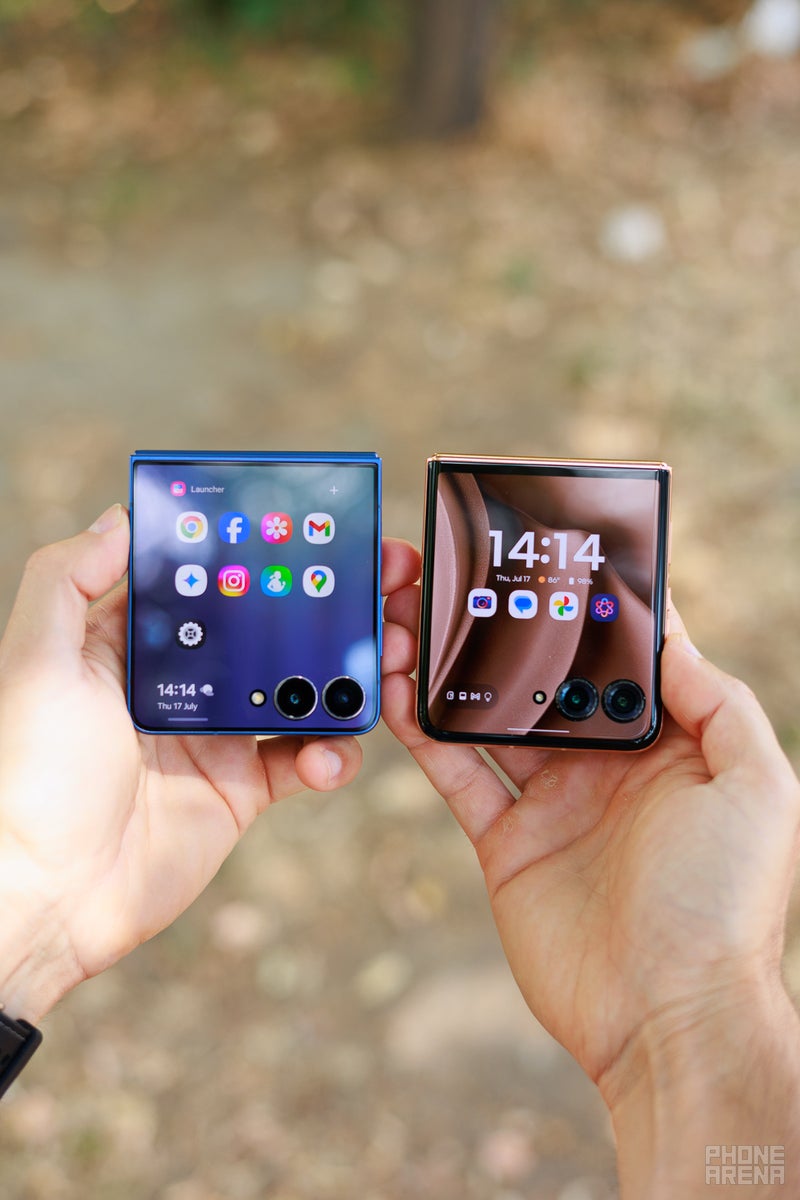
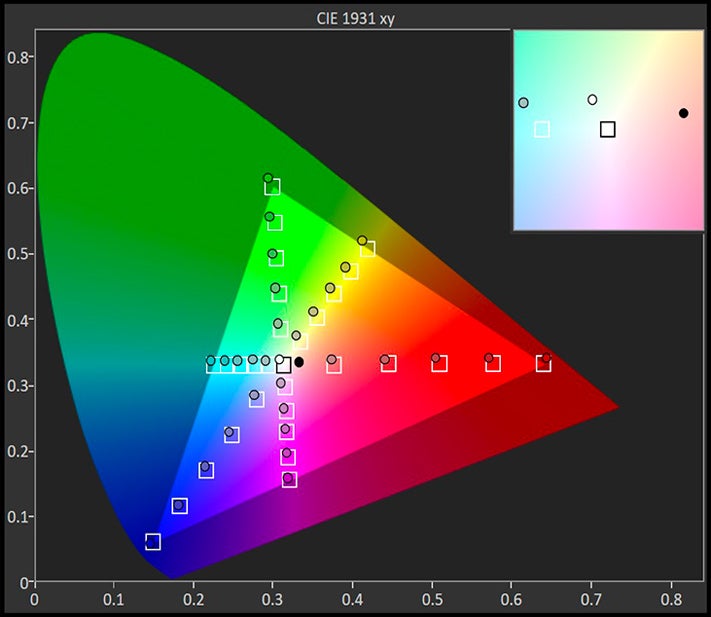







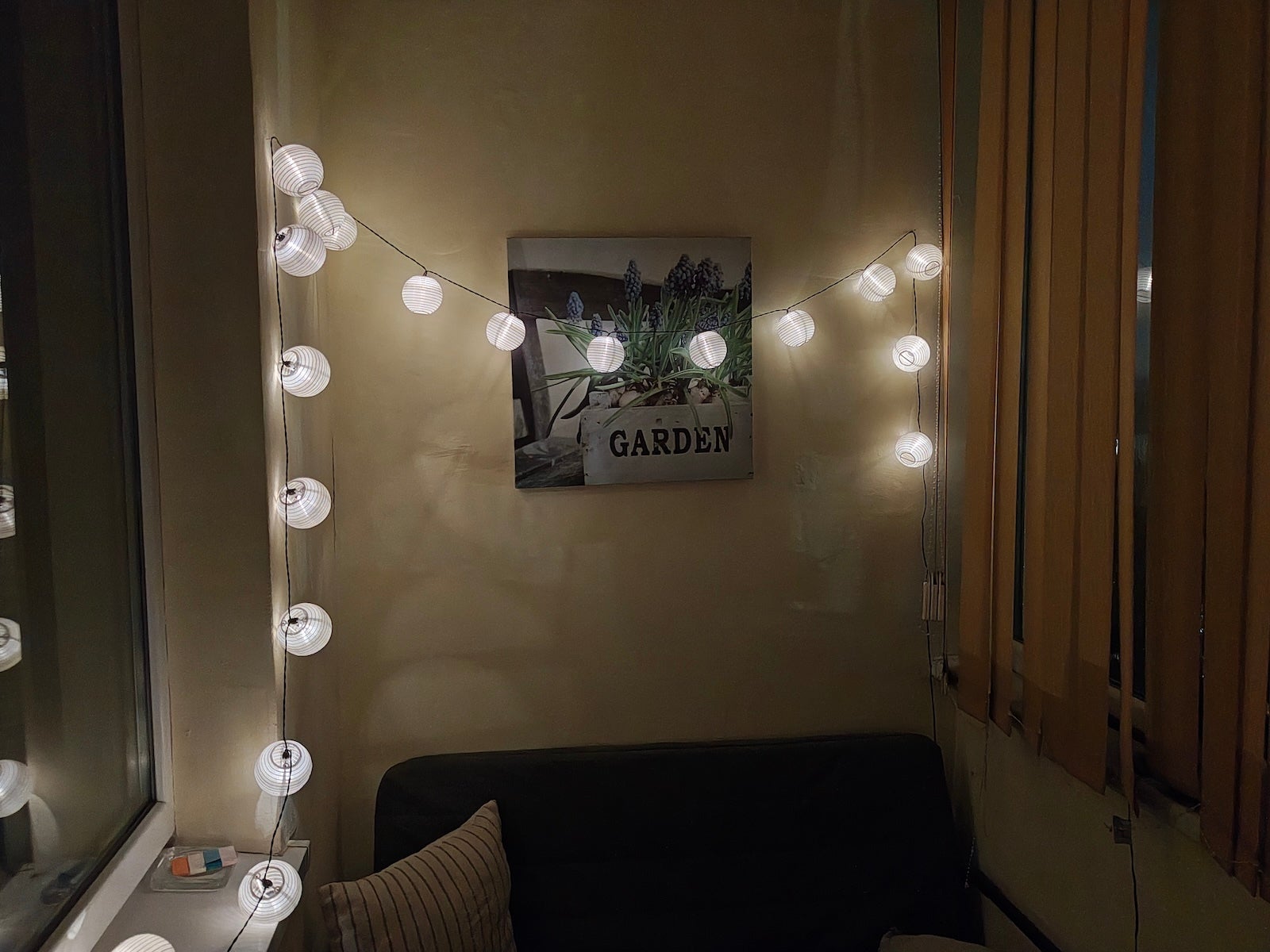
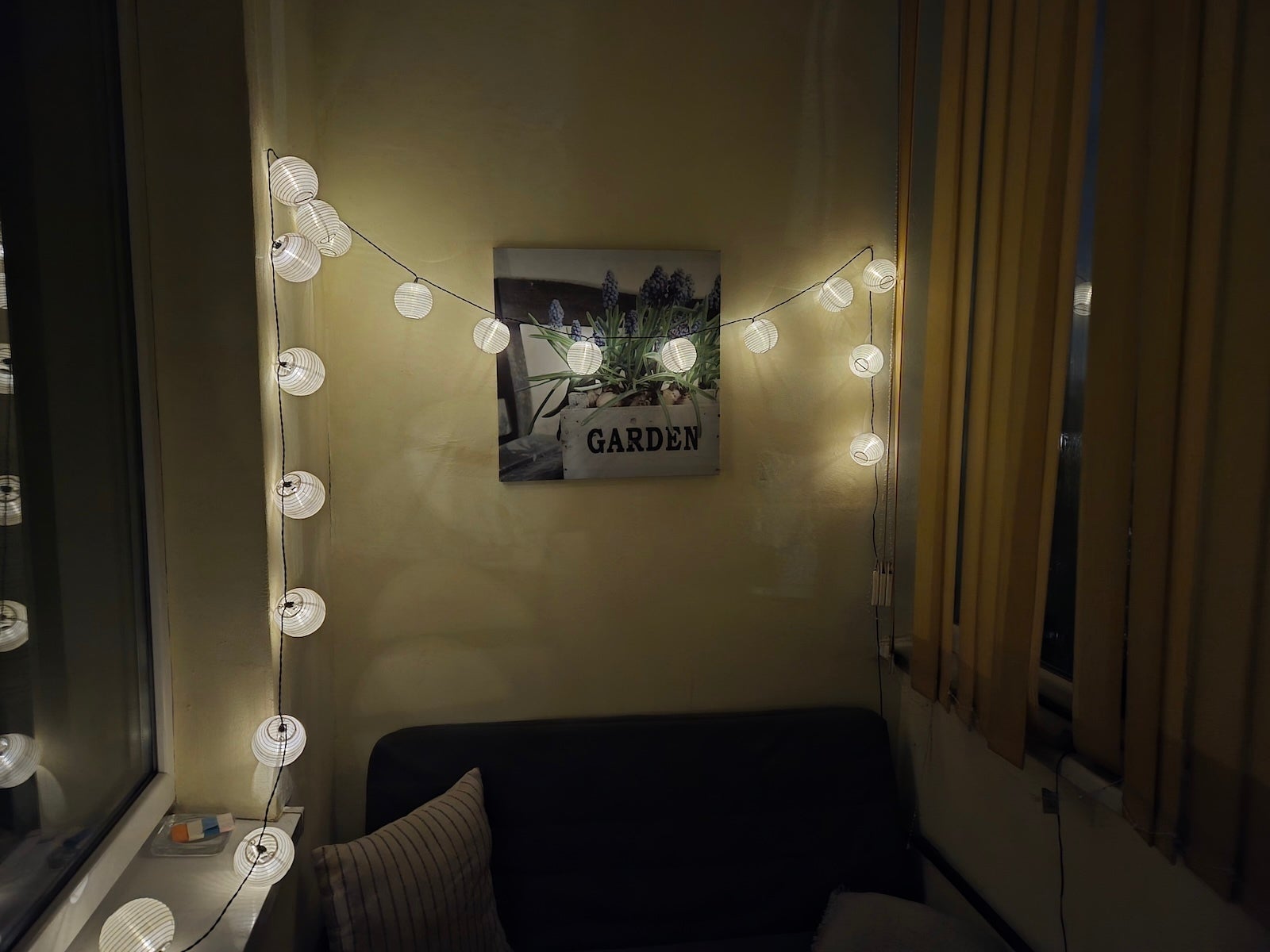
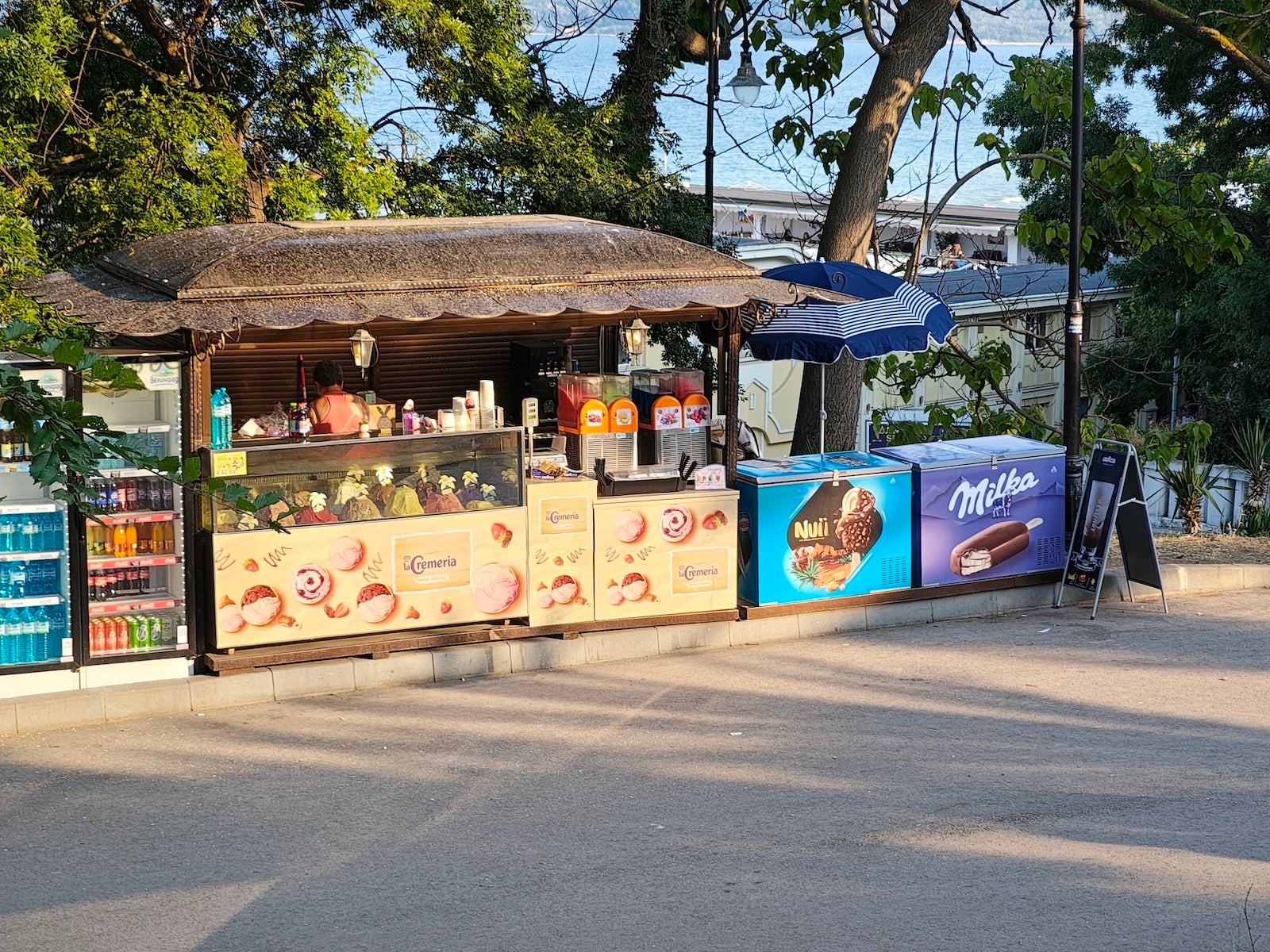
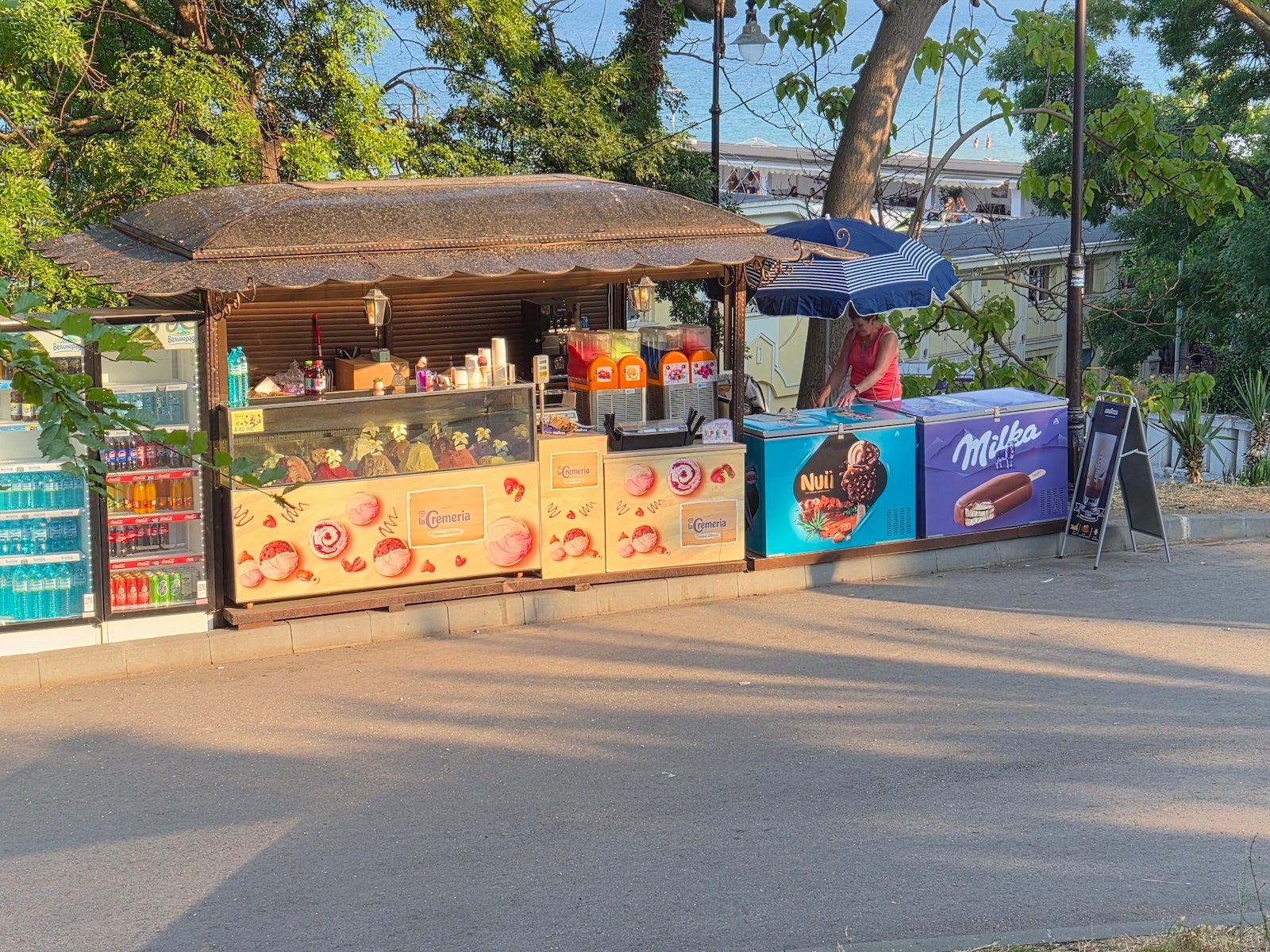
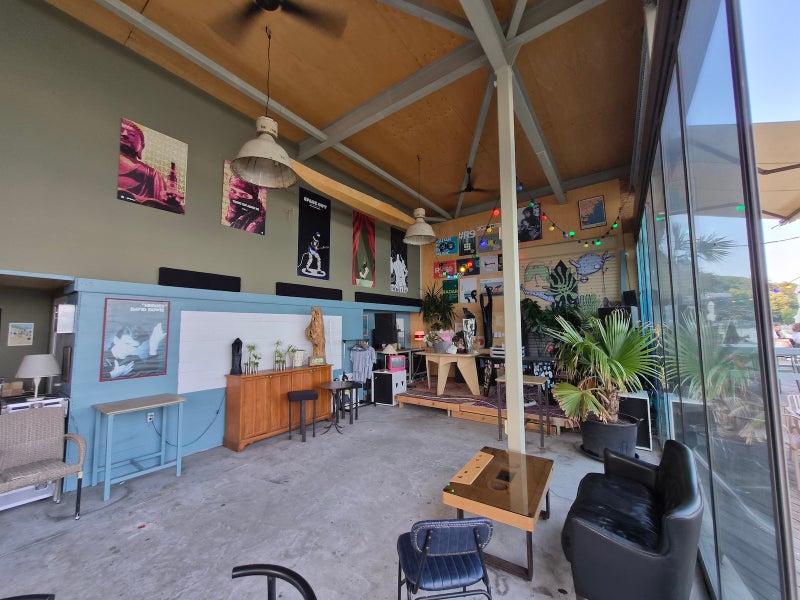
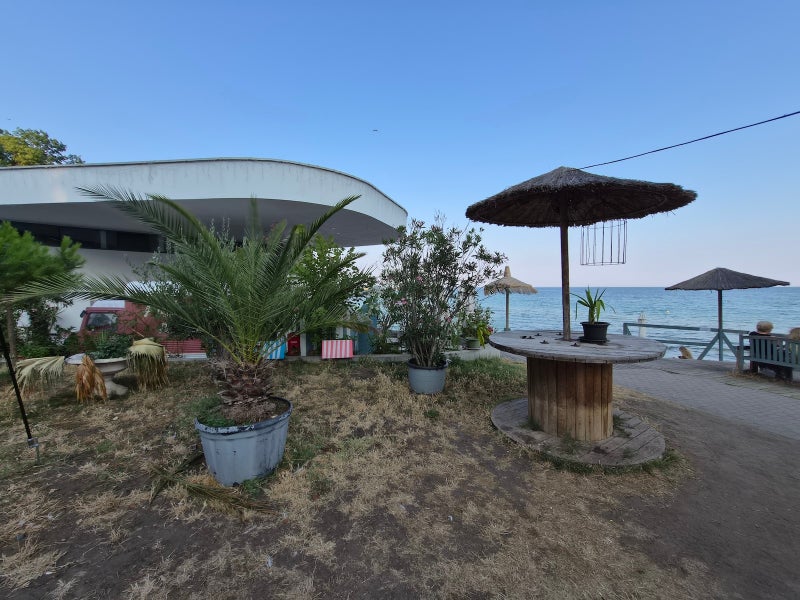
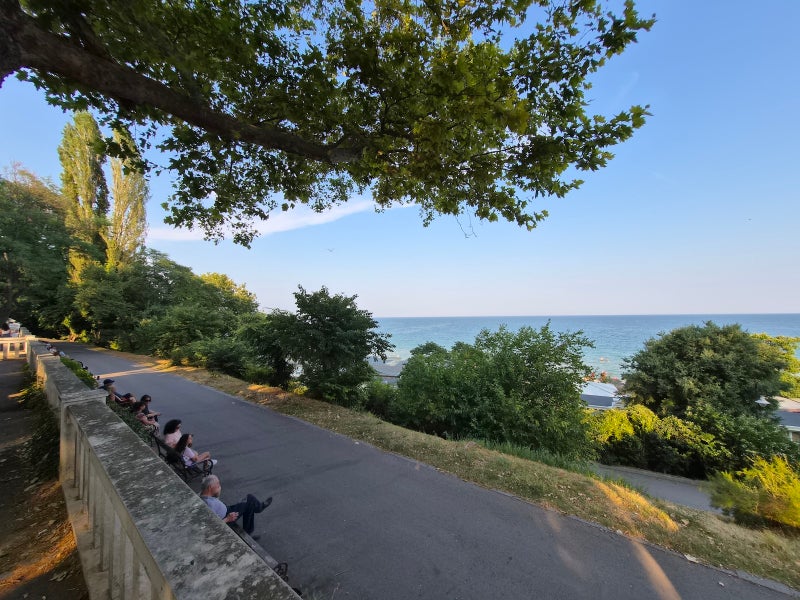


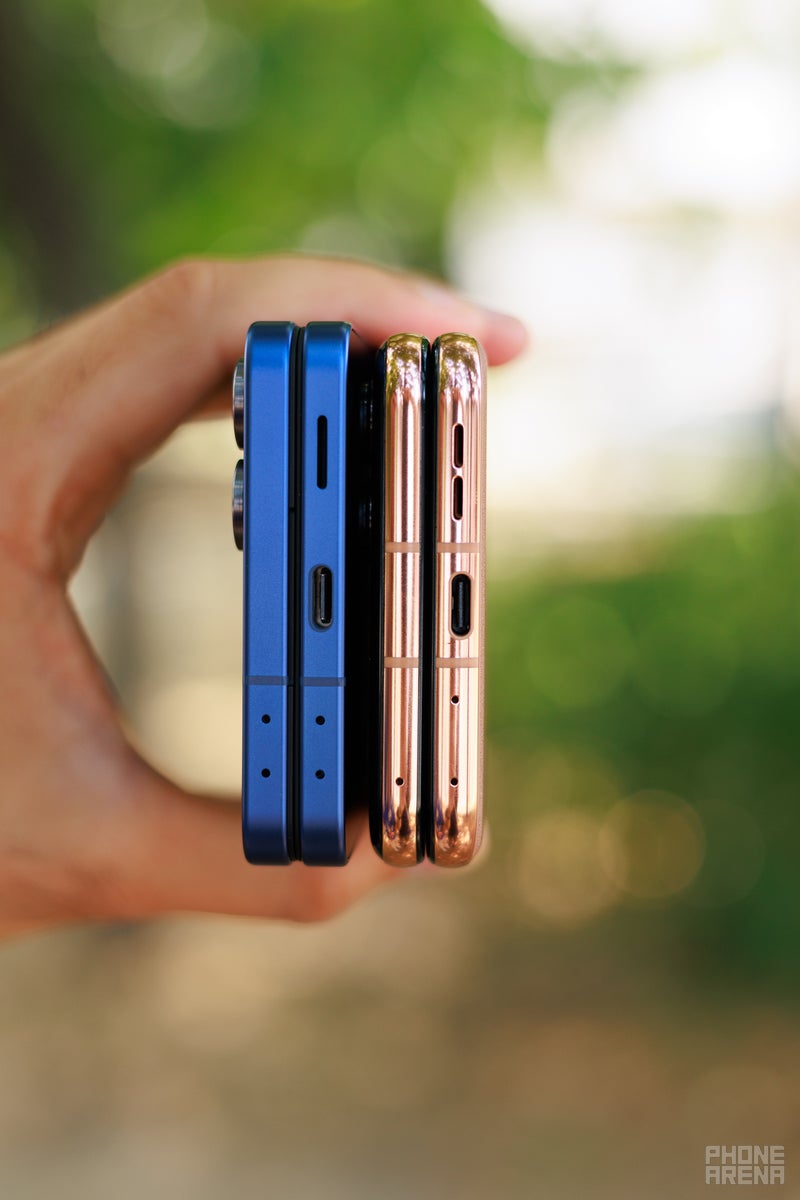
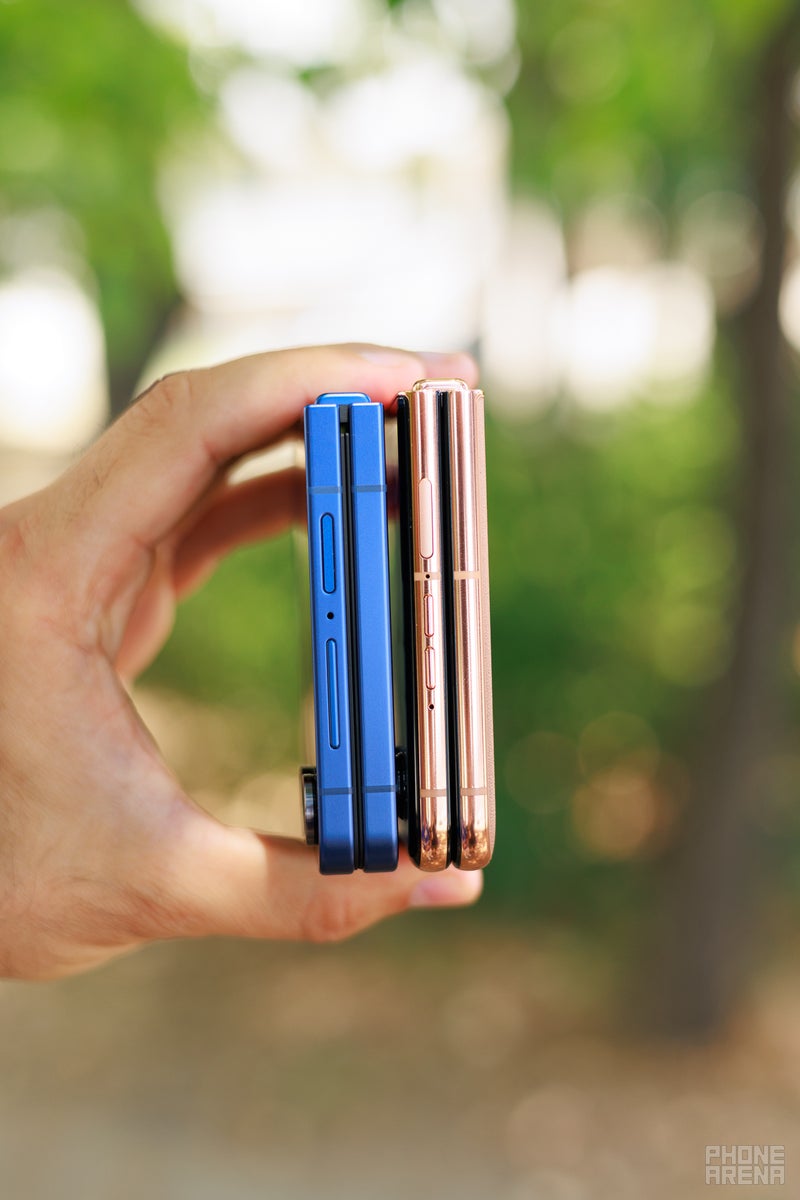


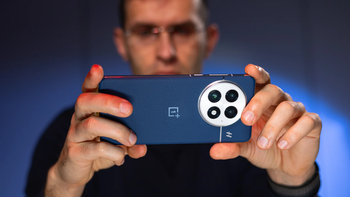

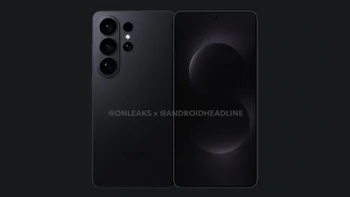
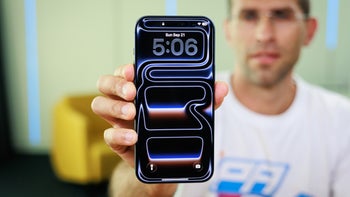
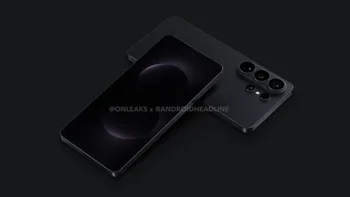

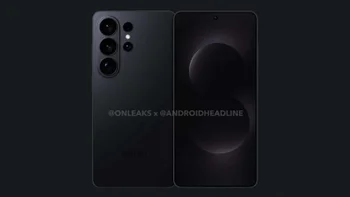

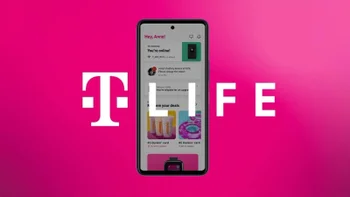


Things that are NOT allowed:
To help keep our community safe and free from spam, we apply temporary limits to newly created accounts: